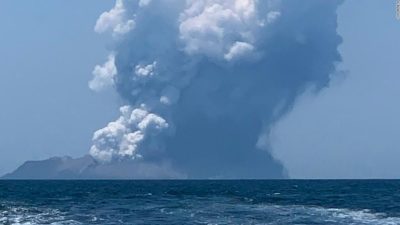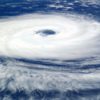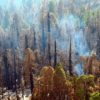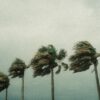The New Zealand island volcano that erupted on December 9th has claimed at least 8 lives and injured dozens more. “Whakaari,” the volcano’s name in the Maori language, continues to vent steam and mud, and experts warn that another eruption is possible. These hazardous conditions are hampering efforts to recover victims. As many as 47 tourists were on the island at the time of the eruption, some of whom are still unaccounted for.
“Whakaari,” is New Zealand’s largest and most active cone volcano, making it a popular tourist destination. Numerous tour companies, guide trips to the island which offer a chance to get close to an active volcano. New Zealand is on the southwest part of the Pacific Rim and is an active area of tectonic activity.
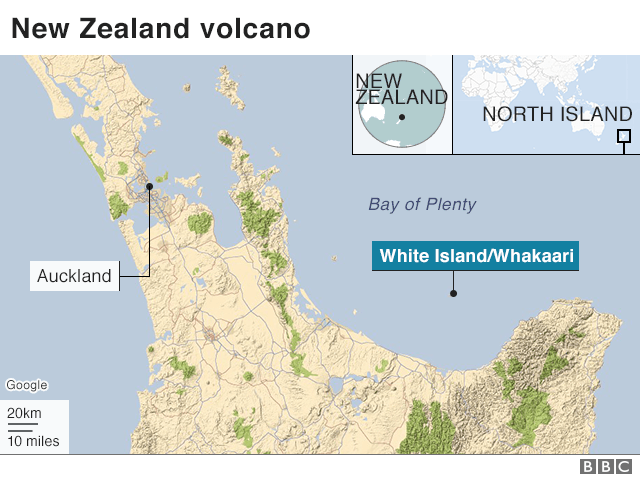
Location of the New Zealand Volcano
Warning Signs
While some warning signs were reported earlier this year, scientists kept the alert at Level 1, which is the lowest threat level indicating only minor volcanic unrest.
On Nov. 18, volcanic tremors at White Island and an increase in toxic sulfur dioxide coming from the volcano caused that warning to be raised to 2. Alert level 5 represents a major eruption, with level 2 only representing a moderate risk which in the past wasn’t enough to stop tours to the island. The threat level from the island routinely fluctuates between 1 and 2.
Although the volcano has had numerous eruptions in the past, the most recent being in 2001, the island was luckily uninhabited at these times. The most recent fatalities, before this tragedy, were the result of a landslide in 1914 that destroyed a mining village and claimed the lives of 12 people.
What was the Cause?
The official cause of the White Island eruption is still under investigation but the volcano is known for continuous small-to-moderate eruptions. White Island is known as a stratovolcano, characterized by a mountain like formation built up by alternating layers of dried lava and ash. Much of the volcano is submerged causing frequent eruptions to occur when water comes into contact with magma.
According to David Phillips, head of the School of Earth Sciences at the University of Melbourne in Australia, “It’s not the first time this volcano has behaved like that, where there was an explosion with no warning.” “There’s water in the crater at the top and it filters down fractures, and at some point, that water came into contact with the magma,” Phillips said. Unfortunately when the most recent eruption happened, people were visiting the craters edge.
My god, White Island volcano in New Zealand erupted today for first time since 2001. My family and I had gotten off it 20 minutes before, were waiting at our boat about to leave when we saw it. Boat ride home tending to people our boat rescued was indescribable. #whiteisland pic.twitter.com/QJwWi12Tvt
— Michael Schade (@sch) December 9, 2019

